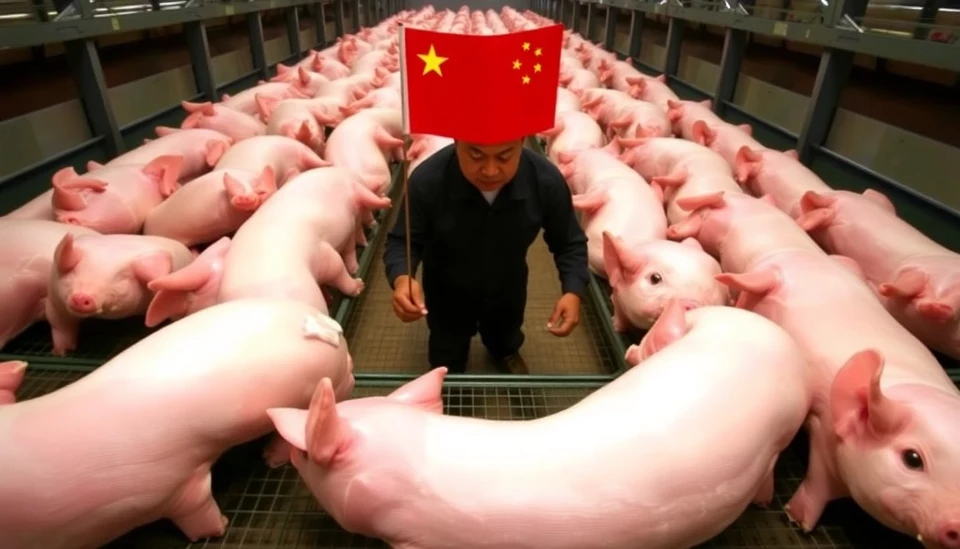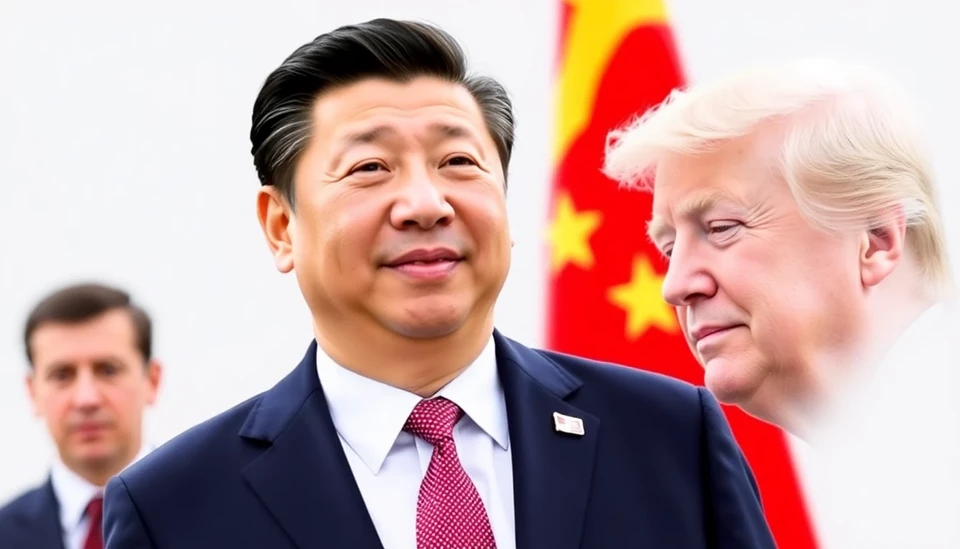
In a significant policy shift, China has announced a more lenient approach to carbon emissions for several new sectors entering its carbon trading market. This decision, aimed at supporting the growth of emerging industries, reflects the nation’s evolving stance on balancing climate goals with economic expansion.
The new carbon cap policies will apply to industries such as electric vehicles and renewable energy, sectors that are crucial for China's push toward green technology and sustainability. In conjunction with this, these industries are projected to benefit from a wider range of allowances, ultimately easing their transition into compliance with carbon emission targets.
China, which is the world's largest emitter of greenhouse gases, has previously faced criticism for its heavy reliance on coal and the rapid increase in carbon outputs associated with its growth model. However, the country has committed to achieving peak carbon emissions before 2030 and aims for carbon neutrality by 2060. The introduction of softer caps for new industries represents a strategic move to ensure these ambitious goals can be reached without stifling innovation and economic development.
The specifics of the emission allowances will be closely monitored, as government officials have stated that these adjustments will be both industry-specific and linked to performance metrics. This adaptive policy is likely to incentivize companies to innovate in ways that reduce their overall carbon footprints while still meeting market demands.
Experts suggest that China’s approach could serve as a model for other nations grappling with the dual challenge of economic growth and climate change mitigation. As the world increasingly shifts towards net-zero goals, China's move could catalyze similar practices globally, encouraging industries to rethink their operational strategies with respect to environmental impact.
In addition to the revised carbon caps, the Chinese government may also introduce financial mechanisms to support businesses in adopting greener technologies. These financial incentives could include subsidies or tax breaks for companies actively reducing their carbon outputs or investing in cleaner energy sources.
As the carbon trading market evolves, stakeholders are keenly observing how these changes will affect both the domestic landscape and China's international commitments. With increasing scrutiny on pollution and climate policies globally, the effectiveness of these softer emission caps will be exposed to intense public and regulatory oversight.
This strategic policy shift could not only rejuvenate China's economy in the short term but also pave the way for a sustainable future, aligning industrial growth with environmental stewardship. Local businesses and international observers alike are poised to see how this new regulatory framework unfolds and its potential impact on the global climate agenda.
In conclusion, China's latest carbon cap adjustments signal a proactive approach to fostering new industries while maintaining a commitment to environmental goals. As industries adapt to these changes, the balance of growth and sustainability will be critical in navigating the complexities of climate change in the years to come.
#China #CarbonEmission #Sustainability #RenewableEnergy #ElectricVehicles #ClimateChange #EconomicGrowth #GreenTechnology #CarbonTrading
Author: Sophie Bennett




